By Amanda Rose Newton
Summer in Central Florida means afternoon thunderstorms, steamy humidity, and lots of lush plant growth. But it also means it’s time to rethink your watering routine. While it might seem like more water = happier plants, that’s not how plants work. In fact, overwatering is one of the most common causes of plant stress and death—especially during our rainy season. Here’s how to adjust for rain, recognize water stress, and maintain a healthy landscape.
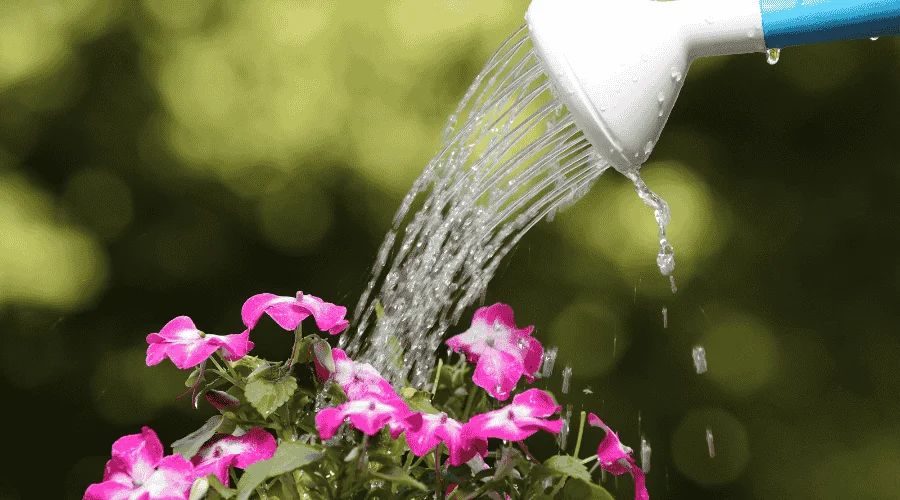
Why You Should Adjust Your Irrigation in Summer
Florida summers often bring daily downpours. If your sprinkler system is still running on a spring schedule, your plants may be getting too much water. Automatic systems can continue to run even during or immediately after a storm, saturating the soil long after it’s needed.
What to do:
- Install a rain sensor or soil moisture sensor to pause your irrigation system after storms.
- Switch to manual watering whenever possible during rainy periods, checking soil conditions before watering.
- Water early in the morning to avoid fungal issues and reduce evaporation loss.
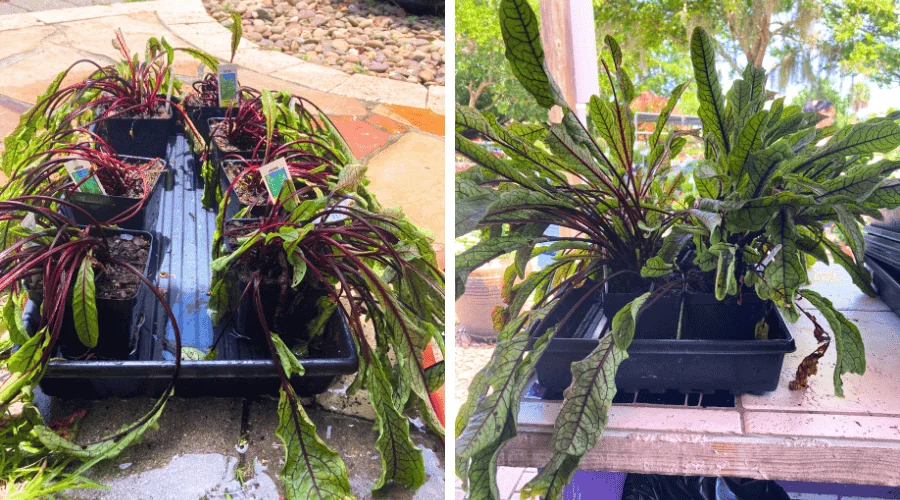
How Overwatering Hurts Your Plants
Overwatering isn’t just wasteful—it can be deadly. Here’s why:
- Roots need oxygen. When soil stays waterlogged, oxygen can’t reach the roots, essentially suffocating the plant.
- It promotes rot and disease. Constant moisture invites fungal pathogens like root rot and can cause yellowing leaves, wilting, and plant collapse.
How plants work: Roots take in both water and air. Saturated soil blocks the air pockets roots need. That’s why overwatering often looks just like underwatering—plants wilt in both cases!
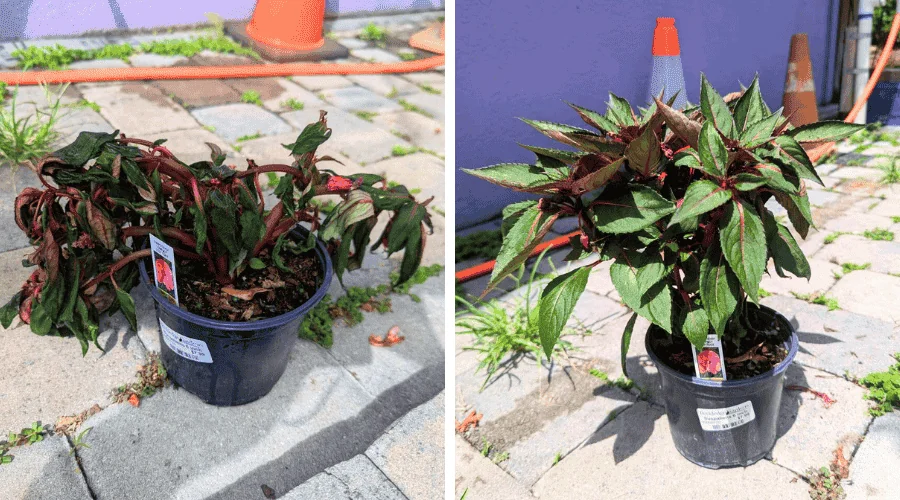
Signs of Overwatering vs. Underwatering
Overwatered Plants:
- Yellowing, soft, or limp leaves
- Wilting despite wet soil
- Mushy stems or visible mold/fungus at the base
- Foul odor from the soil
- Leaf drop (especially lower leaves)
Underwatered Plants:
- Dry, crispy leaf edges or tips
- Leaves curling inward or turning brown
- Soil pulling away from the sides of the pot or bed
- Slow growth or no new growth
- Overall droopy appearance, but soil is dry
Pro tip: Always check the soil moisture 2–3 inches down with your finger before you water. If it’s still moist, wait another day or two.
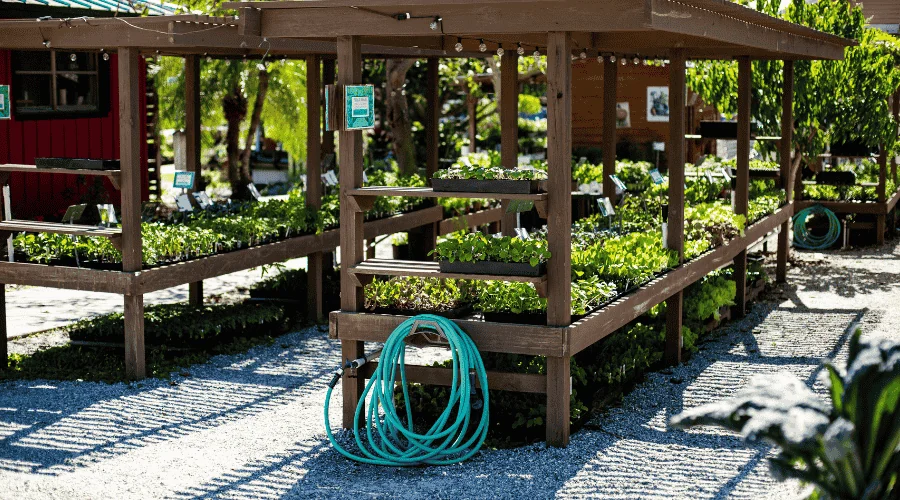
Best Practices for Central Florida Landscapes
- Choose Florida-friendly plants that can handle occasional drought and heavy rains—many natives fit this bill perfectly.
- Use organic mulch to help regulate soil moisture (but avoid piling it against stems or trunks).
- If using rocks, ensure they don’t overheat the soil—plant roots still require coolness and airflow.
- Group plants by water needs so you can water more efficiently.
- Consider drip irrigation or micro-sprinklers for beds instead of overhead systems, which waste more water.
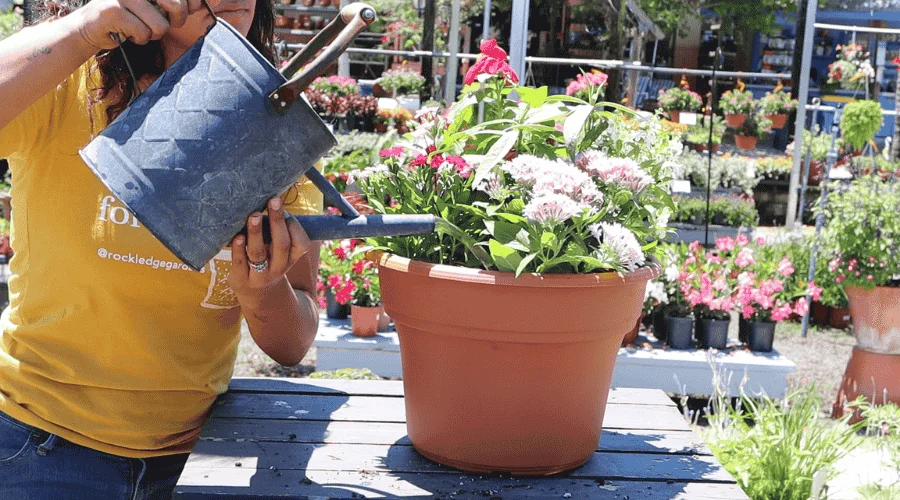
Your plants don’t need as much help in summer as you might think. Let the storms do some of the work. By understanding how your plants respond to water—and when too much becomes a problem—you can save time, water, and keep your garden thriving through the rainy season.


